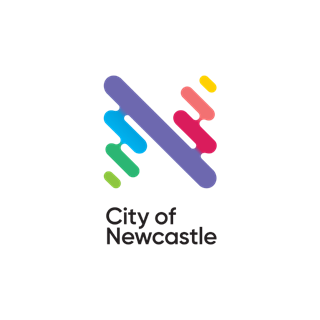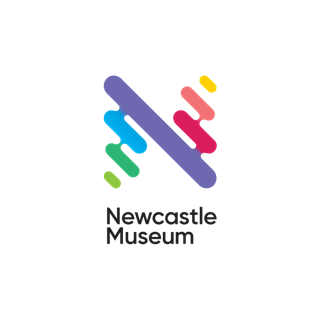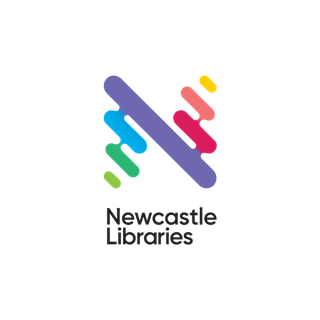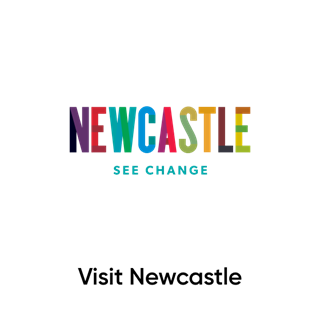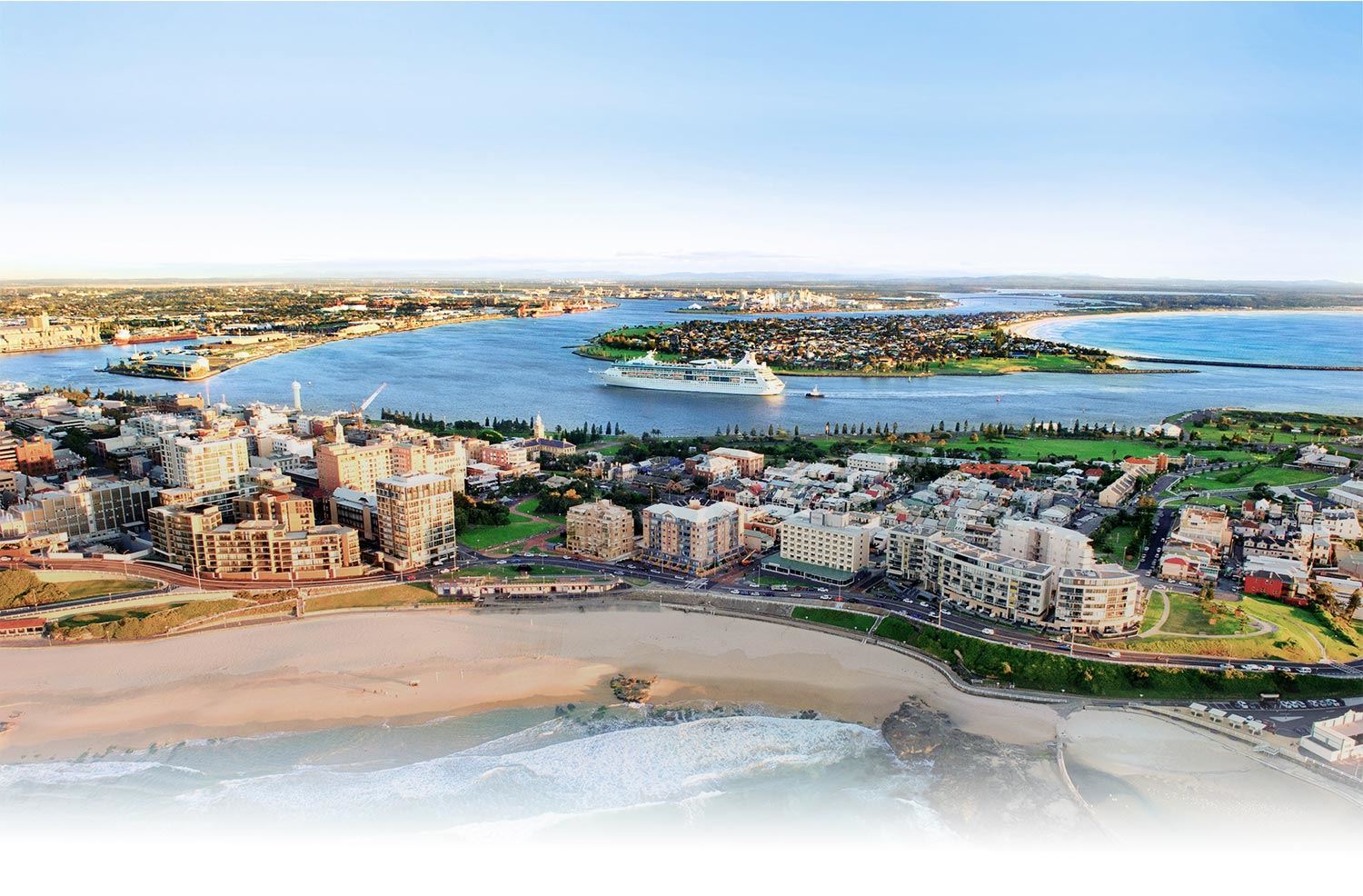
Aboriginal Culture
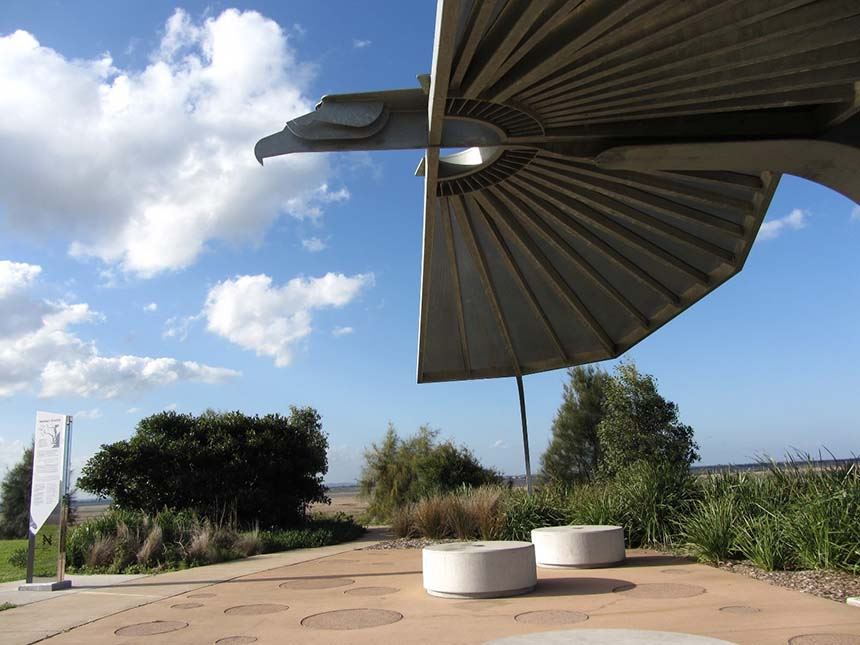
City of Newcastle acknowledges with the deepest respect the Custodians of this land, a people who belong to the oldest continuing culture in the world. We recognise their continuing connection to the land and waters, and unique cultural and spiritual relationships to the land, waters, and seas. We are grateful for the rich, diverse, living cultures of Aboriginal people. We recognise the history of truth that acknowledges the impact of invasion and colonisation on Aboriginal people and how this still resonates today. We pay our respect to Elders, past and present, for they hold the memories, the traditions, the cultures, and the aspirations of Aboriginal people.
"Niirun Yalawa on Aboriginal burrei"
We all sit on Aboriginal land.
Niiarrnumber Burrai (Our Country)
Embark on an immersive journey using virtual reality technology to travel back in time and experience nine local Aboriginal places before colonisation and settlement of what is now Newcastle. The cultural significance and stories of each site are explained by Elders Wayila (Black Cockatoo) and Buuyaan (Bellbird) from the Awabakal and Worimi.
Welcome to and Acknowledgement of Country
Protocols for welcoming visitors to Country has been a part of Aboriginal and Torres Strait Islander cultures for thousands of years. View Reconciliation Australia protocols (PDF).
In the Newcastle Local Government Area (LGA) there are 3 Local Aboriginal Land Councils (LALCs). The LALC can assist with identifying local Traditional Custodians who can perform a Welcome to Country.
Commence planning well in advance to allow time for decision making and discussion with the LALCs and Traditional Custodians.
- Awabakal LALC (south of the Hunter River). Contact: (02) 4965 4532
- Worimi LALC (north of the Hunter River). Contact: (02) 4033 8800
- Mindaribba LALC (west of Hexham). Contact: (02) 4965 1500
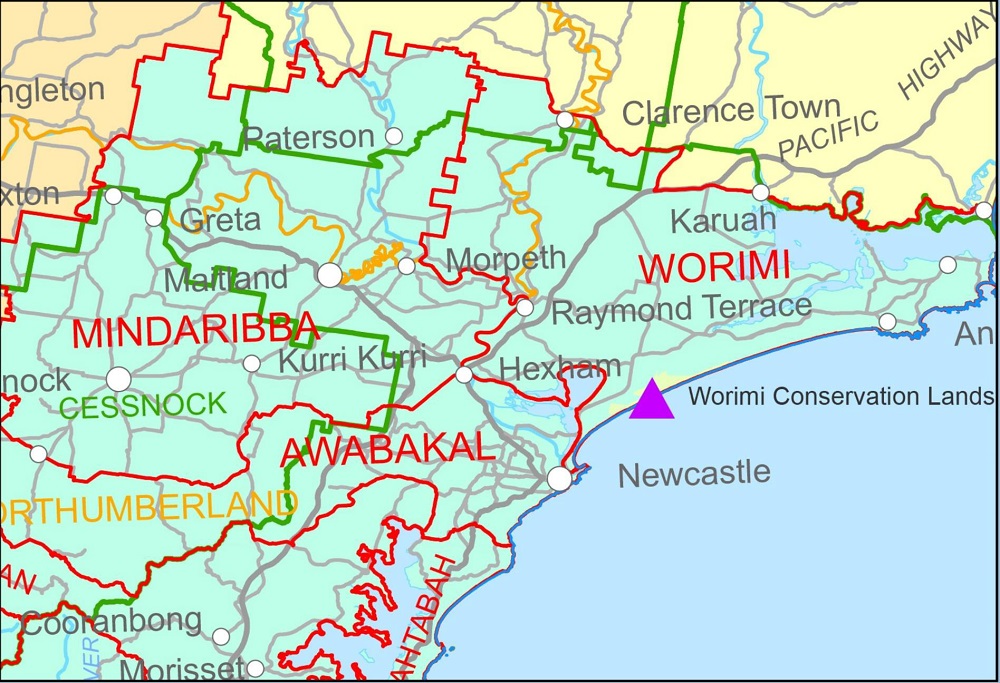
Council Policy and Strategies
Aboriginal Torres Strait Islander Commitment
City of Newcastle acknowledges that Aboriginal and Torres Strait Islander peoples, in this Council area Awabakal and Worimi, were the first peoples of this land, and are the proud survivors of more than two hundred years of continuing dispossession. View our Aboriginal Torres Strait Islander Commitment.
Reconciliation Action Plan
We also are committed to the principles and actions outlined in its 1998 Commitment to Aboriginal and Torres Strait Islander people of Newcastle. View our third Reconciliation Action Plan 2021-2024.
Aboriginal Employment Strategy
In City of Newcastle Aboriginal Employment Strategy, it outlines key priorities and actions to be delivered by the Council in its commitment to investing in Aboriginal employment and economic development for the Aboriginal community of Newcastle. View our Aboriginal Employment Strategy 2022-2025.
Aboriginal Heritage Management Strategy
Current legislative framework around management of Aboriginal sites is underway across City of Newcastle plus the need to raise awareness and celebrate Aboriginal culture and strategies to ensure ongoing management of that culture. View our Aboriginal Heritage Management Strategy.
Heritage Strategy
The Heritage Strategy provides a strategic framework to guide City of Newcastle’s management of heritage matters over the next ten years. It ensures City of Newcastle meets its statutory obligations and community expectations for regulating and managing heritage. An Aboriginal Cultural Heritage section is provided for the first time, written in close partnership with the Guraki Aboriginal Advisory Committee. View our Heritage Strategy.
Find out more about Aboriginal cultural heritage conservation, Aboriginal due diligence obligations and the Aboriginal Cultural Heritage Assessment process by visiting Aboriginal Heritage and Development.
The Dreaming
Aboriginal peoples' long and rich cultural and spiritual connections to Country and each other, their ceremonies, natural landmarks, sacred objects, lore and beliefs are linked through the Dreaming. Biraban, the eagle hawk, is held in highest regard by the coastal tribes. Homage to the eagle hawk is conveyed in their stories and linked to their tribal social structures. Koin is another revered local sky-hero who announces the coming of Kooris from distant tribes for rites or corroborees.
Sacred sites
Natural landscape features and known sacred sites include Whibayganba, Newcastle’s famous landmark Nobbys. It is said that a notorious kangaroo jumped from Tahlbihn Point, at the site now known as Fort Scratchley, to the safety of Whibayganba. The kangaroo remains hidden in the island’s bowels occasionally thumping its tail and making the land tremble. The thumping is said to be a reference to the region’s earthquake activity.
There is also a high cliff named Yi-ran-na-li, renowned for being a fearful place. Yi-ran-na-li must be respected by all, and no one should linger or speak in its vicinity because of the danger of falling rocks.
Yarns Parai (Stories on Country)
The Lower Hunter Freight Corrider is a dedicated freight rail line currently proposed by State government between Fassifern and Hexham - an area of cultural and archaeological sensitivity. As part of this infrastructure project, Transport for NSW have worked together with Biraban, Mindaribba and Awabakal Local Aboriginal Land Councils, the Saretta Art & Design Project Team with Professor John Maynard and Pambalong knowledge keepers to develop an interactive Story Map outlining the Aboriginal Cultural Values within the Lower Hunter Freight Corridor footprint on country that travels across the lands of the Awabakal and Wonnarua people. View Yarns Parai (Stories on Country) for cultural stories of the Lower Hunter region.
Awabakal Dictionary
As a result of many years of research and development by the Arwarbukarl Cultural Resource Association (ACRA), Miromaa Aboriginal Language and Technology Centre has produced the Awabakal Dictionary - Community Edition. The Awabakal language belongs to the traditional Awabakal people and any of its descendents. Its authors invite all Aboriginal people living in Awabakal country to become familiar with and attempt to learn or at least use some of the fragments of the Awabakal language to preserve its unique culture and reanimate its rhythm and melody to ring through Parai Awabakalkoba (Awabakal country) once again. It also asks the reader to use it in a respectful manner, and to follow language protocols if you wish to name any object, place or organisation by first contacting the ACRA for advice to check whether it is culturally appropriate to do so and is the correct expression.
Dual Naming
In 2016, an application by the Guraki Aboriginal Advisory Committee to the NSW Geographical Names Board, with supporting documentation from primary sources such as maps, sketches and descriptions dating back as early as 1798, resulted in the official recognition and gazettal of the following eight significant geographical features within the Newcastle local government area:
- Whibayganba – Nobbys Headland
- Tahlbihn – Flagstaff Hill (Fort Scratchley)
- Burrabihngarn – Pirate Point (Stockton)
- Yohaaba – Port Hunter
- Coquun – Hunter River
- Khanterin – Shepherds Hill (The Hill)
- Toohrnbing – Ironbark Creek
- Burraghihnbihng – Hexham Swamp
Work is now in progress to educate the whole community about the dual named sites and the traditional language history of Muluubinba - Newcastle.


